Simplicity and elegance, external appeal and ergonomics, elegance and compactness are the main characteristics of Roman curtains, which attract attention of both professional designers and ordinary inhabitants. Such accessories act not only as a beautiful decorative decoration of any room, but also as a practical addition to absolutely any interior.
Content
What is special about Roman curtains?
The huge popularity of Roman blinds in buyers is due to the design features and unique characteristics that they are endowed with. Curtains of this type with an unusual, if not to say creative design, look interesting on narrow small windows, especially if they are doubled. In the event that the classical curtains do not have room in the room, for example, in the kitchen, then Roman curtains will be a worthy alternative. And all thanks to the features of its design and durability.
Being an integral part of modern design, they favorably emphasize the strictness of the classical style and perfectly complement the high-tech flow. Especially luxurious and concise look Roman curtains in the interior of the living room and dining room, children's room and even the sleeping area, where in priority - maximum functionality and comfort. If you have long wanted to acquire such a convenient thing, then do not rush to go to the store and spend money on an expensive purchase. Instead, we will show you how to make Roman blinds of excellent quality with your own hands, and how to independently design them any window. So, our step-by-step instruction on making you help!
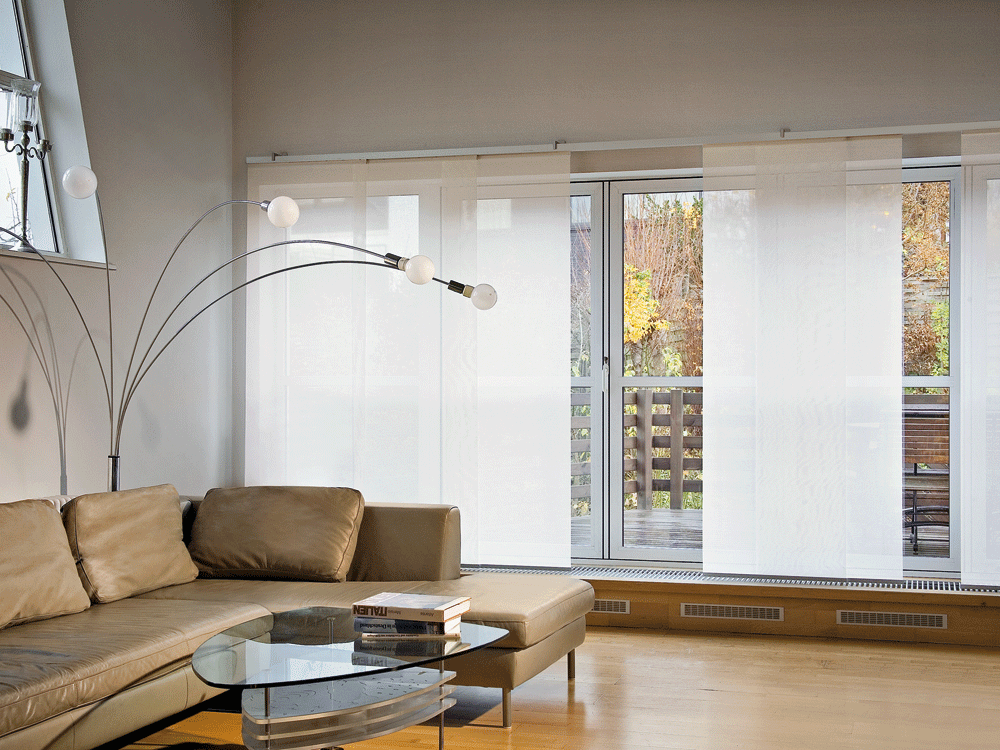
Design and control mechanism
The design of Roman curtains includes a cornice with an installed shaft and a fabric fabric with inserts. The fabric must be sewn in such a way that special fiberglass inserts can be placed inside the canvas.
The control mechanisms are extremely simple, convenient, reliable and allow the use of both lightweight fabrics and weighted ones. The lifting system itself consists of a special eaves and control chain, thanks to which you can change the position of the curtain with an easy movement of the hand. The principle of operation of the lifting system is as follows: the shaft, rotating under the action of the chain, drives the belt cord, which passes through special rings and is fixed on the lower weighting agent.
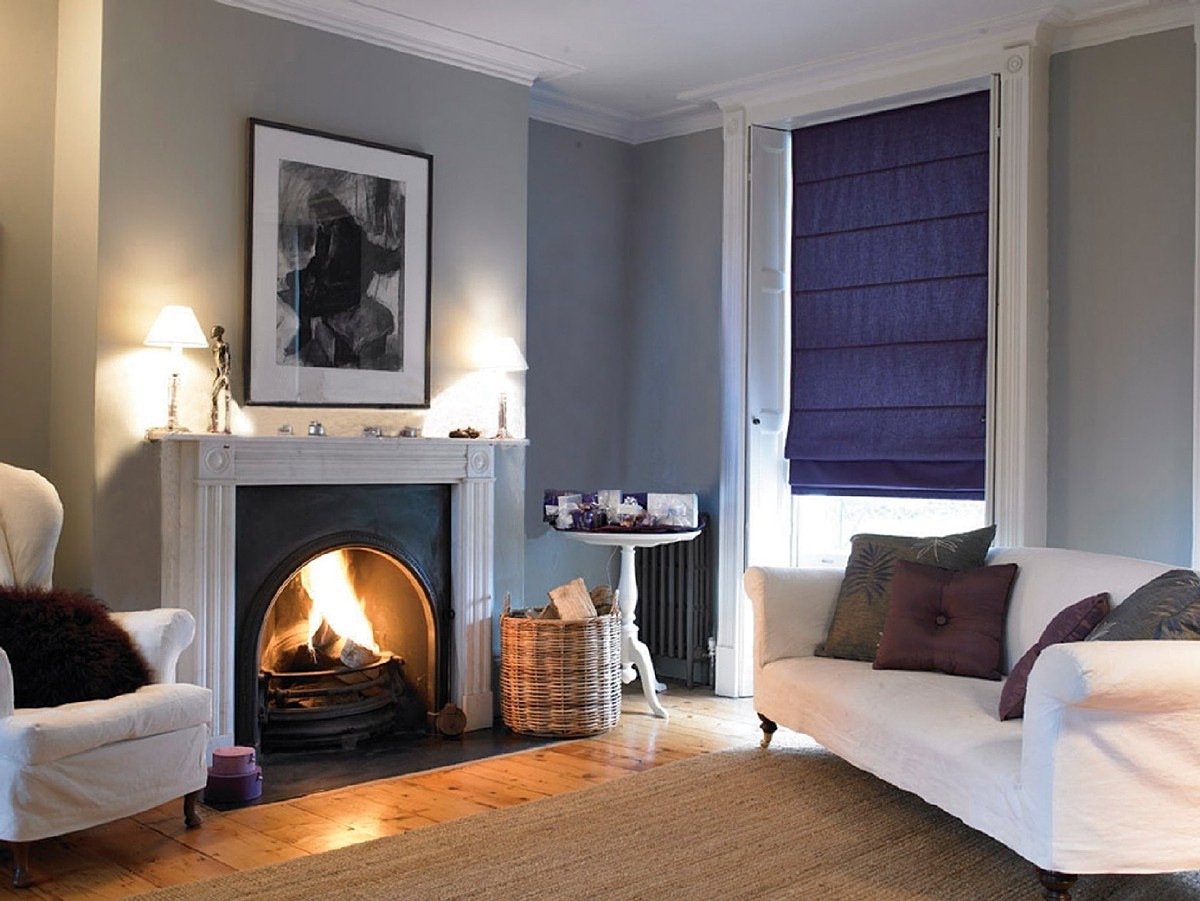
Especially popular today are curtains, which are controlled remotely via the control panel. Such designs are equipped with universal electro-controlled cornices.
Roman curtains in the interior
Using such designs, you can easily adjust the arrival of sunlight into the room, disguise the difference in the proportions of the room and do not worry at all that this accessory will take up a lot of free space. By no means. Compact and ergonomic, they perfectly fit into the interior of any room, whether it's a small kitchen or a spacious living room.
And, finally, we can not fail to mention the minimum costs of tissue: for self-production you will need a direct cloth, so that the most significant will be the color and design solution of the material, its texture and drawings.

It should be noted that there are no restrictions when choosing a fabric for sewing: the material can be dense or thinner, smoothly and elegantly flowing from tulle or flax, with an original and intricate pattern or without it, monochromatic or exciting imagination colored motifs. As a finishing touch, an interesting decorative finish of the lower edges of the curtains can be performed.
Where can I use moderately elegant Roman curtains? Yes, anywhere! It can be a miniature kitchen in classical style, a spacious living room in Art Nouveau or high-tech style or a cozy bedroom made in romantic notes. Here the main thing to remember is not only that Roman curtains are beautiful, but also incredibly practical and compact. They do not interfere with the flower pots or kitchen objects arranged on the windowsill, a necessary hostess in the kitchen. Unusual ethnic style and rustic, interior vintage and retro, marine direction and oriental, fabulous coloring is a free flight of fantasy without any restrictions.
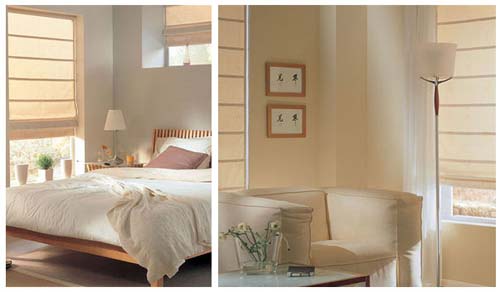
Are you looking for a solution for a winter garden? Do not rush to install office blinds! Roman blinds will be the best alternative solution! After all, with their help you will protect plants from the harmful effects of sunlight and perfectly emphasize the design of the room.
Curtains are easily cleaned from dust and dirt, and the fabric for a long time retains its original shades and does not burn out under the action of direct sunlight. Natural material and reliable accessories make the accessory environmentally friendly and hypoallergenic even for the youngest members of the family.
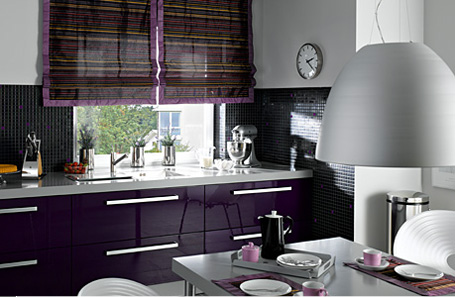
Outwardly similar to the blinds, Roman curtains can be bought already in ready-made form, ordered in the atelier, or you can make with your own hands, with a little diligence and patience. For their tailoring you will need very little time, fabric and other items for needlework, but without a flight of fantasy it will be difficult.
We create ourselves
What is the process of independent production of Roman curtains? Yes, first of all, from the choice of fabric, the purchase of all components, cutting, assembling and directly sewing. But let's talk about everything in order.
choose fabric
Selecting a fabric, give preference to more rigid material - with it to you it will be easier to work, and the form it holds much better. However, everything depends on the result you are counting on. However, our advice is not to regret money, and to buy expensive, quality fabric.
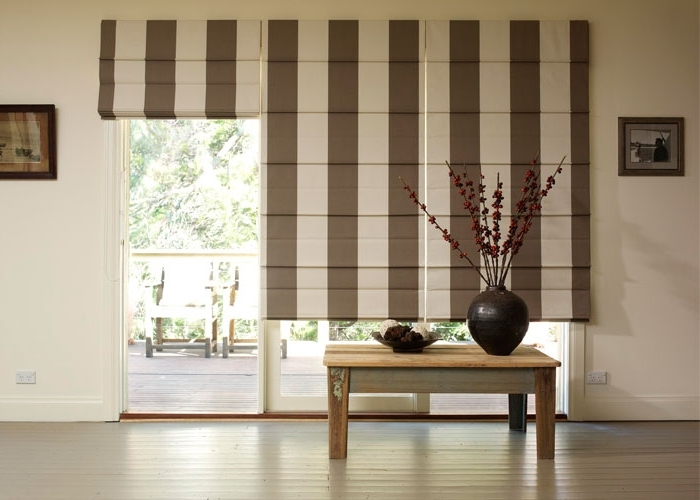
we select components
What else is useful to you for your own handmade? Get the list of necessary subjects:
- Two wooden beams, the length of one of which is equal to the width of the curtain, and the other - its length;
- Rake, whose length is hardly shorter than the length of the future curtains;
- Nails for fastening;
- Tape for decorative finishing or braid;
- Rings made of plastic or metal with a diameter of 12 mm
- Nylon cord and fasteners for it
cutting Roman curtains
Before proceeding to the cutting, measure the width of the window. To the result add 2.0 - 2.5 cm on the allowances on both sides and get the width of the curtains. Then measure the height of the window and add 10.0 - 12.0 cm for the allowances. Remember that Roman blinds take into account the individual parameters of the window structure.
The fabric is carefully ironed before the beginning of the cut, and special markings for the folds and points for fastening the rings are placed with the help of the chalk on the wrong side. Set the distance from the edge line in the lower zone to 1/2 of the width of the future fold. The following lines will be located equally distant from each other at a distance equal to the width of the fold.
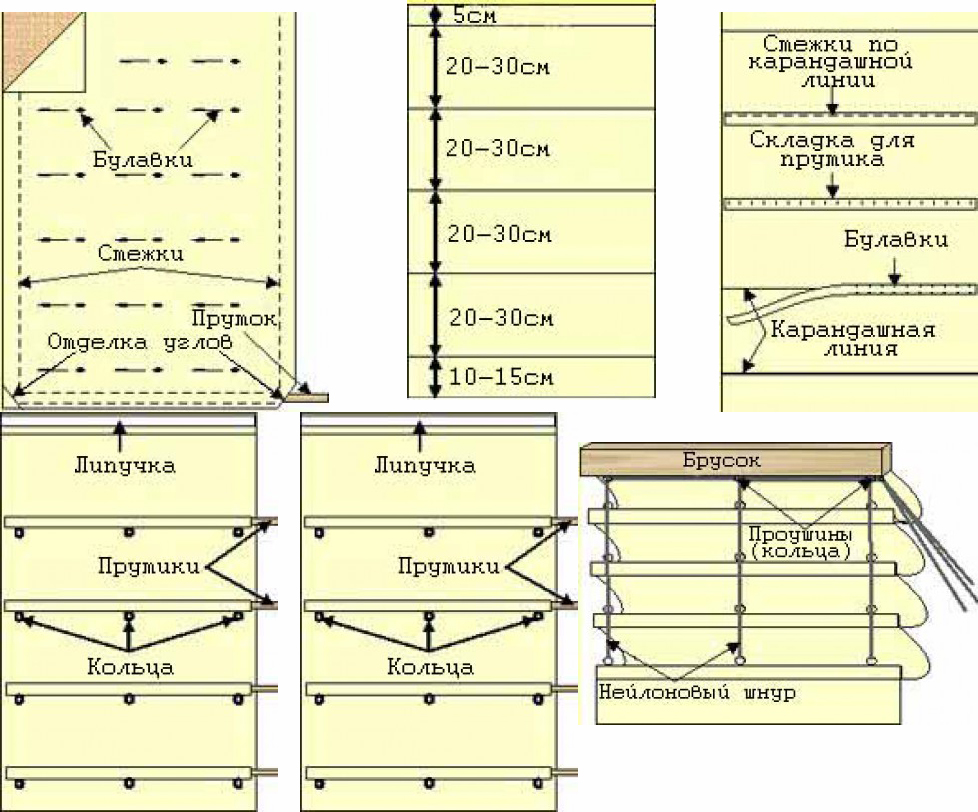
collect and sew curtains
First of all, pay attention to the side flanks. They must be sewn. Velcro fastens to the bottom of the beam. The lower cut is carefully pressed and doubled twice. The width of the gate is 5.0 cm. A weight-bearing wooden bar is inserted into the ready gate.
Take the rim and stitch it along the fold lines. It is necessary to fix the rails. Carefully insert the metal slats, and from above sew the rings. Do not forget to attach them to the bar, because otherwise the curtain simply can not rise.
Then it's time to fix the fastener for mechanical control, then wrap it with a lace. All other cords need to be pierced through the rings from the bottom up. In this case, pay attention to the outputs of the cords: they must all lie on one side. The threaded cords are pulled together, neatly distributing all the folds evenly along the width of the future curtain. They are fixed with a strong ribbon. Secure the wooden beam to the frame and remove the braid that holds the folded curtain. Carefully straighten it, and fasten the shoelaces to a common site so that it is located behind the last ring.
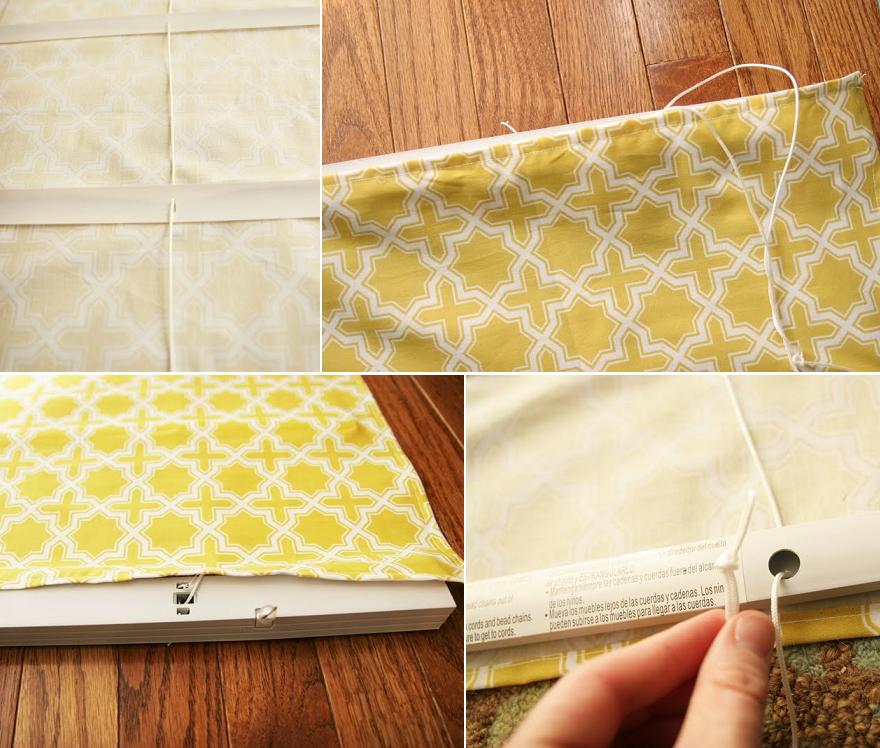
Through the handle for lifting curtains, thread cords, then at a distance of 50 - 60 cm from the first knot tie one more. Carefully cut the ends of the nodules.
All these simple manipulations will allow you to get an original and inexpensive decoration for windows that will long please you and your loved ones. To look in the father's master class for the manufacture of Roman curtains with your own hands you can with the help of a video on youtube.



















